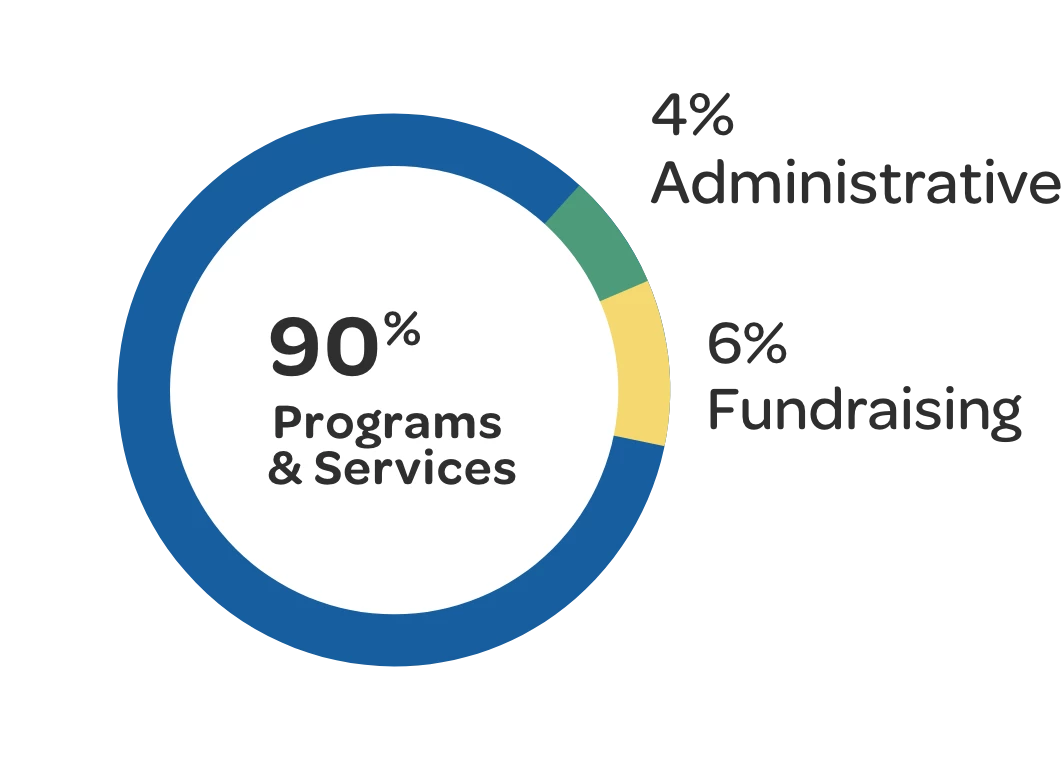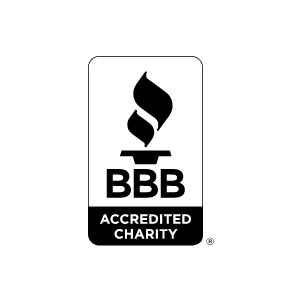The short answer
There is no Zakat on diamonds or colored gemstones when one owns them as ornaments or decorations in normal quantities and not in measures of recognized extravagance, or in forbidden forms, or for prohibited uses. By far, women’s jewelry accounts for their most common Zakat exemption.
If one owns diamonds, whether colorless or colored, or other colored gemstones (or gems that are not stones or of crystal structure, such as pearls) in one or more of the following ways, Zakat comes due on them:
1. For trade, including investment
2. As a store of value, no matter their form
3. In extravagant measure, whether in worth, size, or quantity
4. As a means of wealth accumulation
5. As a means of escaping Zakat payment on one’s wealth
In addition, Islam prohibits Muslims from possessing diamonds and colored gemstones (as well as gold, silver, pearls, and so on) in any forbidden form, such as statues, icons, dinnerware and vessels (for gold and silver), and men’s jewelry (excepting a silver ring or sword hilt) (see Is There Zakat on Jewelry?).
One who does own precious metals, stones, or sea gems in forbidden forms or for prohibited uses (like men’s jewelry) must pay their Zakat not merely on the item itself, but on its actual market value inclusive of its added artistic worth or workmanship. This Zakat payment does not legalize a proscribed item’s ownership.
Do the scholars classify diamonds as minerals for Zakat purposes?
Yes. Diamonds are minerals, as are all gemstones. These stones derive their relative value from their beauty, durability, and rarity. This sets them apart from similar mineral stones used in industry and other minerals.
Diamonds are the hardest substance on earth and the only gemstone formed from a single element, the crystalline form of carbon. All other gemstones crystallize from a combination of two or more elements and occur in colors. Diamonds are generally translucent and can occur in a range of defined tints and still be classified as “white;” they exist, but rarely, in full colors (which can dramatically raise their value).
Allah has created minerals in the earth, each with a distinct chemical composition and a specific atomic structure that differs from the earth they “remain still” in, from which characteristic they derive their Arabic name, ma’âdin. They occur as solids, liquids, and gases, like the mineral fuels coal, petroleum, and natural gas (though there has been legal controversy over the classification of the latter).
In terms of Zakat, Muslim jurists discuss minerals (ma’âdin) in conjunction with two kinds of wealth extracted from the earth: kanz, or human-caused buried treasure, and rikâz, which, like ma’âdin, the word for “minerals,” can also denote minerals, but is also inclusive of “buried treasure.”
In general, many of Islam’s legal scholars require Zakat payment on minerals, on analogy with crops and fruit, citing Allah’s command in the Quran: O you who believe! Spend charitably from the wholesome things you have earned and from all We have brought forth for you from the earth (Sûrat Al-Baqarah,2:267).
However, most scholars exempt diamonds and gemstones from Zakat on the same basis of gold and silver jewelry’s exemption, meaning Zakat does not come due on them if possessed in conventional measure and used in permissible, non-trade ways. Ḥanafî scholars, who do not exempt jewelry from Zakat, have a different rationale.
Are mined minerals, including diamonds and gems, subject to Zakat?
Jurists differ on this question. The Shâfi‘îs hold only mined gold and silver as Zakatable. The Ḥanafîs deem all mined metals necessarily subjected to heating processes for use as Zakat eligible. Increasingly, however, the favored opinion has come to be that of the Ḥanbalî scholars: All minerals hold wealth, whatever their kind, liquid or solid (or its gaseous byproduct), treated or untreated.
They cite three reasons for assessing Zakat on minerals:
1. Allah’s command in the Quran is inclusive: “Spend charitably from … ‘all’ We have brought forth for you from the earth.”
2. Gold and silver present direct analogies to other minerals of wealth extracted from the earth.
3. Muslims assessed one-fifth of the minerals that came into their hands as spoils after engagement, in accordance with the Quran’s command in Sûrat al-Anfâl: “Know that from whatever spoils you gain, one-fifth is for the Messenger, his close relatives (who are prohibited from receiving charity) and for the orphans, and the indigent, and the wayfarer — if truly you believe in God and all that we have sent down to Our servant” (8:41). This means our forebears recognized minerals as assessable wealth. Therefore, minerals are Zakatable.
What percent of minerals goes to Zakat?
Ḥanafî scholars, and others say a fifth of all minerals extracted from the earth (or 20%) goes to Zakat, just as with discovered treasure.
Most Ḥanbalî jurists, supported by the positions of the Mâlikîs and Shâfi’îs, analogize minerals to mined gold and silver, at a 2.5% Zakat rate, though Mâlikîs hold that this is the rate only if the extractor has incurred labor and extraction expenses in its mining. Otherwise, they assess its Zakat at a fifth of the extracted minerals, or 20%.
Sheikh Yusuf Qardawi in his estimable Fiqh az-Zakat looks at the substantial difference between these two rates of Zakat assessment on minerals and suggests — based on the Sharî‘ah assessments for crops grown and harvested with or without irrigation costs — Zakat rates on minerals of 10% for extraction without substantial efforts and investment and 5% where extraction expenses become significant.
Can individuals solely own mineral deposits?
The Mâlikîs contend that all such mineral deposits belong in their entirety to Muslims collectively. Hence, the authorities must ensure the wealth generated from minerals must inure to the benefit of all Muslims. This position has gained increasing credence among modern scholars.
They cite the Prophet, on him be peace, retracting a land grant he issued to a Companion when he understood that land had a wealth of salt deposits on it and that the Companion’s intention in acquiring it was, in fact, to exploit that mineral for commercial purposes. This is cited by the great Second Islamic Century scholar of Greek origin Abû ‘Ubayd in The Book of Revenue.
Scholars also instance how the Prophet, on him be peace, routinely kept lands of pasture, water, firewood, and the like for shared public use and disliked consigning such properties to individuals.
What is the niṣâb threshold for Zakat on minerals?
Ḥanafî scholars rule that, just like crop harvests in their school’s view, Zakat is paid on any amount of extracted minerals. No statement of the Prophet, on him be peace, specifies a minimum threshold for minerals before Zakat’s assessment on them.
The other three schools, supported by other scholars, as well, say all kinds of wealth must have a specified niṣâb for Zakat. Thus, they index the niṣâb of minerals to that of gold and silver. (See both Nisab and Zakat Calculation in a Nutshell and also What Requirements Qualify Wealth for Zakat?)
When is Zakat on minerals due?
Zakat on minerals should be paid upon extraction on the analogy of crops and buried treasure, which comes due at the time of harvest, once it reaches niṣâb. This is because for both produce and mineral product, no investment time is needed for them to reap profit, which differs from the case of money or wealth that requires an investment period to achieve growth. Crops and minerals are themselves the fruition or growth.
If scholars and experts come together to determine a mineral deposit’s appropriate Zakat timeline, that period may not exceed Islam’s Hijri lunar year (ḥawl). The mineral deposit’s niṣâb, in such case, should be calculated by aggregating the extracted mineral’s harvest in that period of time, regardless of extraction intervals, unless that stoppage exceeds a Zakat year, in which case it can be restarted with the new mining period. (see When Is Zakat Due?)
Sea Gems and Precious Extracts?
Muslim jurists differ regarding Zakat on organic sea (or fresh water) gems, like pearls, coral, calcite, aragonite, and amber. (Bear in mind that the waters may also yield inorganic gemstones including diamonds, serpentine, and olivine.)
Some hold that one pays no Zakat on the precious organic gemstones of the waters, which is the Ḥanafî position. An authentic report from the great juridical Companion Ibn ‘Abbâs upholds this ruling.
Yet another later report from him, also true, calls for a one-fifth charge in a particular incident in which someone in Aden, Yemen, harvested a windfall of amber. This is the same rate of Zakat as buried treasure. Other notable scholars from the early generations also ruled on the same Zakat rate for pearls, amber, and the like, including the celebrated Ḥanafî jurist Abû Yuṣuf.
Aḥmad ibn Ḥanbal, the namesake of the Ḥanbalî school of fiqh (Islamic Law), states in one report calls for Zakat on amber and pearls on analogy with minerals of the earth.
Again, some modern scholars, who liken gemstones from the waters to minerals and crops, say the rate of their Zakat assessment should follow from the effort and cost expended in their extraction. If substantial, their Zakat rates should be less, like crops that must be irrigated or minerals that require significant investments for extraction. If they require minimal expenditure to obtain them, their Zakat rates should be higher.
On the analogy of produce (and, based on that, minerals), Zakat rates of 5% and 10% respectively where would apply. Again, this is a matter for Muslim scholars, experts, and those involved in harvesting sea gems to confer about and apply.
Can you summarize Zakat on precious gems and sea stones?
If diamonds, colored gemstones from the earth, or organic gemstones from the waters are worn by Muslim women as jewelry, or owned in permissible forms and for lawful uses by Muslims in general, there is no Zakat on them.
If one trades or invests in them, or owns or uses them in forbidden forms or ways, Zakat comes due on them.
Jurists differ about the Zakat-eligibility of minerals of the earth and sea gems and their Zakat rates, but they are likely Zakatable, at the rate of at least gold and silver, or more likely agricultural produce, except for the exemptions noted here.
The wealth of the earth’s minerals in Muslim lands should likely inure to the benefit of all Muslims, because the people are collectively their true beneficiaries.







